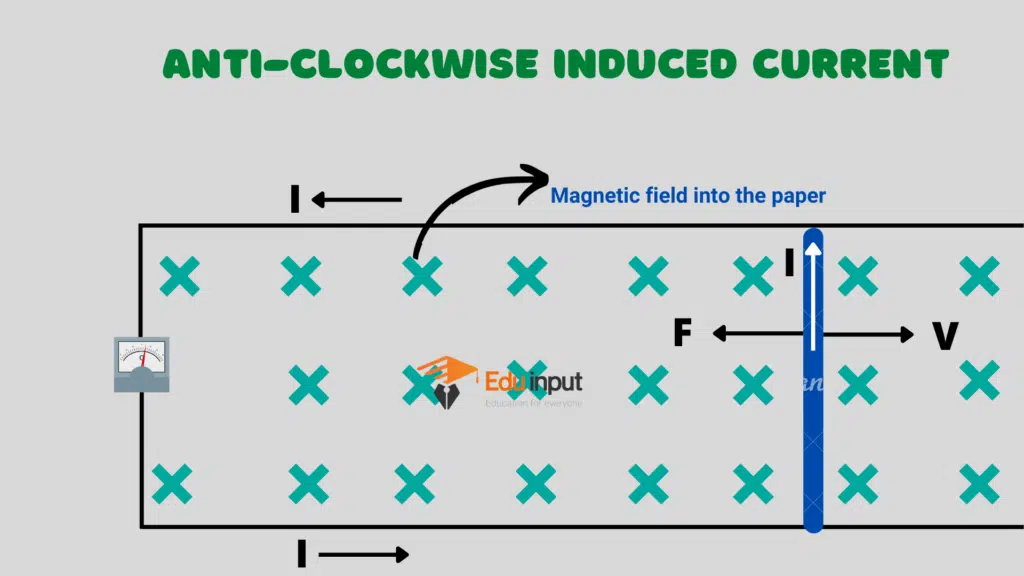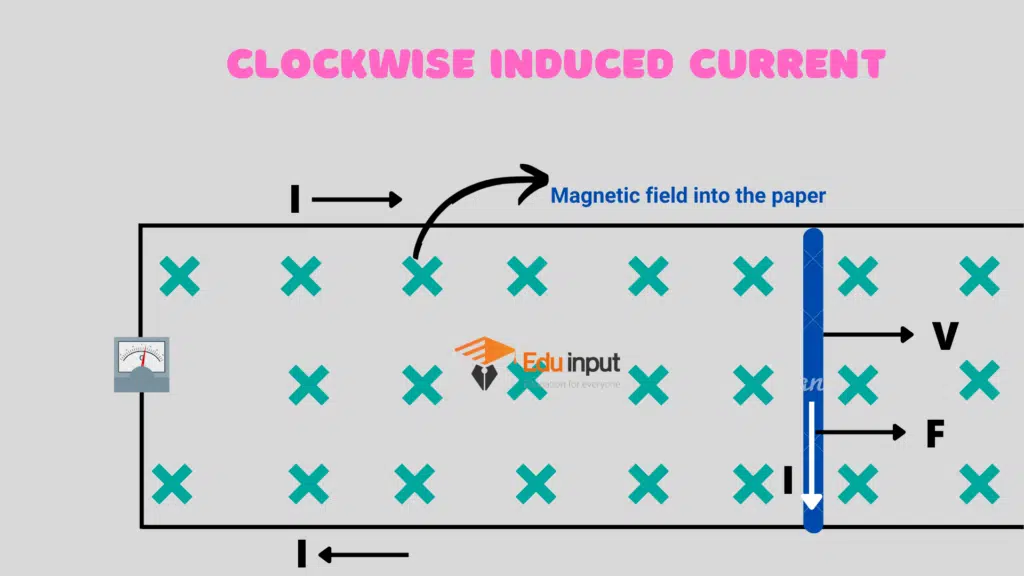Lenz’s law | Direction of Induced emf
According to Lenz’s law, the direction of the induced electric current is always so as to oppose the change which causes the current.
To determine the direction we use a method based on the discovery made by the Russian Physicist Heinrich Lenz in 1834.
He found that the polarity of an induced emf(electromotive force) always leads to an induced current that opposes, the change inducing the emf through the magnetic field of the induced current.
Download the pdf notes of Lenz’s law Direction of Induced emf Class 12 Physics
The Direction of Induced emf
Lenz’s law refers to induced currents and not to induced emf, which means that we can apply it directly to close conducting loops or coils.
If the loop is not closed we can imagine it as if it were closed, and then from the direction of the induced current, we can find the direction of the induced emf. Induced emf can be produced in many ways.
Consider a coil in which current is induced by the movement of a bar magnet. The coil acts as a bar magnet with one face as a ‘North pole’ and the other as a ‘South pole’.

In order to oppose the motion of the bar magnet, the face of the coil towards the magnet must be a north pole so that the two north poles must repel each other. According to the right-hand rule, the current flows anticlockwise.
What is Lenz’s law?
Lenz’s law states that the “push” of the magnet is the “change” that produces the induced current and the current acts to oppose the push.
Similarly, if we pull the magnet away from the coil, the induced current will “oppose the “pull” by creating a south pole on the face of the coil towards the bar magnet.
Lenz’s law is applied only to closed loops. However, if the loop is not closed we imagine it to be so, and then from the direction of induced current, we can find the direction of induced emf
Lenz’s law & law of conservation of energy
When the rod is moved right, emf is induced in it, and induced current flows in the anti-clockwise direction.

The rod experiences a force Fm whose direction by right-hand rule is opposite to that of V.
Such that it tends to stop the rod. An external force equal to but opposite to Fm must be applied to keep the rod moving.
This external force is a source of energy for the induced current to flow. Thus electromagnetic induction is exactly in accordance with the law of conservation of energy.
Clockwise induced current
If the induced current is directed clockwise, then Fm would be in the direction of ‘V’, accelerating the rod towards the right.

This results in a stronger induced current producing a stronger magnetic field and hence the magnetic force increases further.
Thus the motion of the wire is more accelerated. We will obtain ever-increasing kinetic energy just from nothing.
Thus the process becomes self-perpetuating which is against the law of the conservation of energy.
Frequently Asked Questions-FAQs
What does Lenz’s law say about the direction of induced emf?
In electromagnetism, Lenz’s law states that an electric current flows in a direction that the current doesn’t oppose the change that triggered it.
What is the direction of induced emf?
The direction of induced emf is determined by the right-hand rule. The rule states that if the thumb is pointed in the direction of the conductor and the first finger is pointed in the direction of the magnetic field, then the second finger represents the direction of the current.
What does Lenz’s Law state?
Lenz’s law states the direction of an induced current, and Faraday’s law relates the magnitude of the induced back EMF to the rate of change in the inducing magnetic field.







Leave a Reply